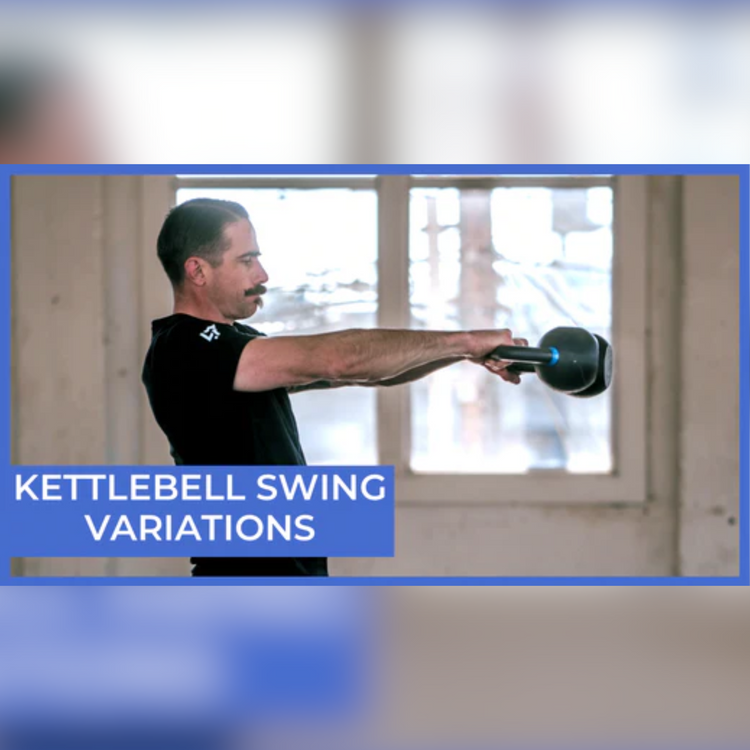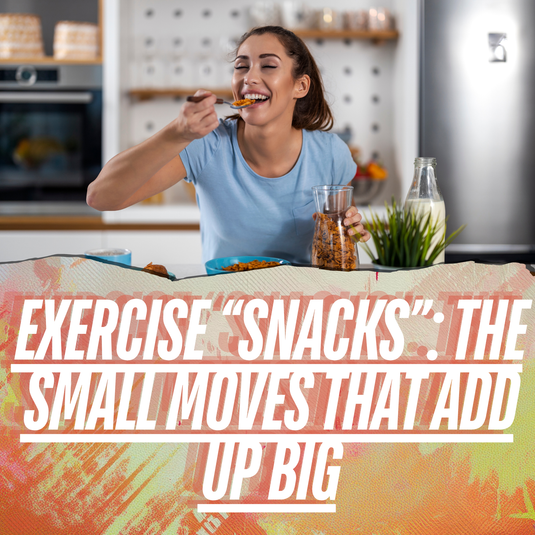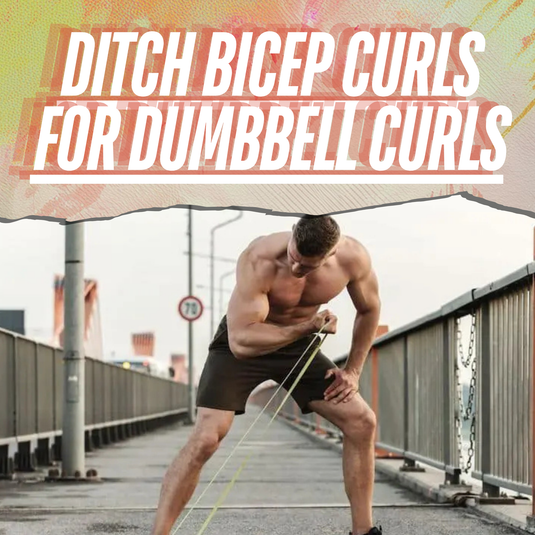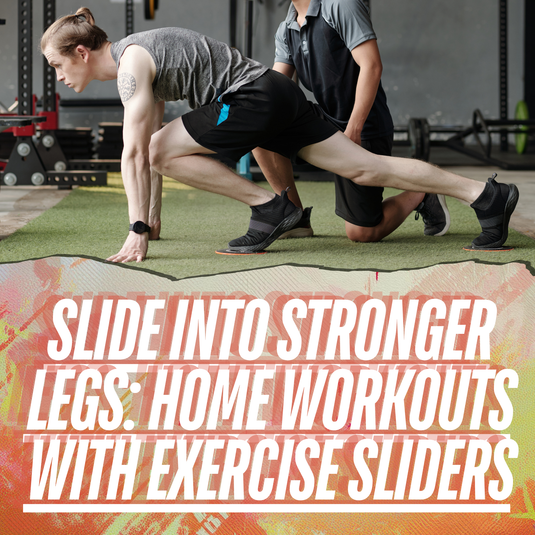Kettlebell Swing Variations Guide

⏱️ Estimated Read Time: 6 minutes
🧠 TL;DR
- Kettlebell Swing Variations Guide offers effective, accessible movements for targeted results.
- This guide is designed to help you move smarter, build strength, and stay consistent.
✍️ Summary
This post explores kettlebell swing variations guide in a way that’s actionable and easy to follow. Whether you're new to this style of training or leveling up, it includes practical takeaways for your routine.
📚 Table of Contents
Looking to maximize your workout? The kettlebell swing is a dynamic exercise that targets multiple muscle groups. Understanding the kettlebell swing muscles worked can help you get the most out of this powerful movement.
Kettlebell Swing Variations
There are several kettlebell swing variations to keep your workouts interesting and challenging. Each variation targets different kettlebell swing muscles involved, helping you achieve a well-rounded fitness routine.
Perfecting Your Kettlebell Swing Form
Maintaining the correct kettlebell swing form is crucial for preventing injuries and ensuring you engage the right muscles. Pay attention to your posture and movements to get the full benefits of a kettlebell swing.
Benefits of a Kettlebell Swing
The benefits of a kettlebell swing are numerous. This exercise not only builds strength but also enhances cardiovascular health. Kettlebell swings for glutes are particularly effective, helping to tone and strengthen your lower body.
Kettlebell Swing Workout Routine
Incorporate a kettlebell swing workout routine into your fitness plan to see significant improvements in your overall strength and endurance. Regular practice will help you master the correct kettlebell swing and maximize the kettlebell swing muscles worked.
Looking to maximize your workout? The kettlebell swing is a dynamic exercise that targets multiple muscle groups. Understanding the kettlebell swing muscles worked can help you get the most out of this powerful movement.
Kettlebell Swing Variations
There are several kettlebell swing variations to keep your workouts interesting and challenging. Each variation targets different kettlebell swing muscles involved, helping you achieve a well-rounded fitness routine.
Perfecting Your Kettlebell Swing Form
Maintaining the correct kettlebell swing form is crucial for preventing injuries and ensuring you engage the right muscles. Pay attention to your posture and movements to get the full benefits of a kettlebell swing.
Benefits of a Kettlebell Swing
The benefits of a kettlebell swing are numerous. This exercise not only builds strength but also enhances cardiovascular health. Kettlebell swings for glutes are particularly effective, helping to tone and strengthen your lower body.
Kettlebell Swing Workout Routine
Incorporate a kettlebell swing workout routine into your fitness plan to see significant improvements in your overall strength and endurance. Regular practice will help you master the correct kettlebell swing and maximize the kettlebell swing muscles worked.
Want more guidance? Check out our Weekly Dumbbell Workout #1.
📝 FAQs
How often should I do these exercises? +
2–3 times per week is a good starting point for most people.
Do I need equipment? +
Many of these can be done with just your bodyweight or a single kettlebell or dumbbell.
Can beginners do these routines? +
Yes! These movements are designed to scale with your fitness level.








